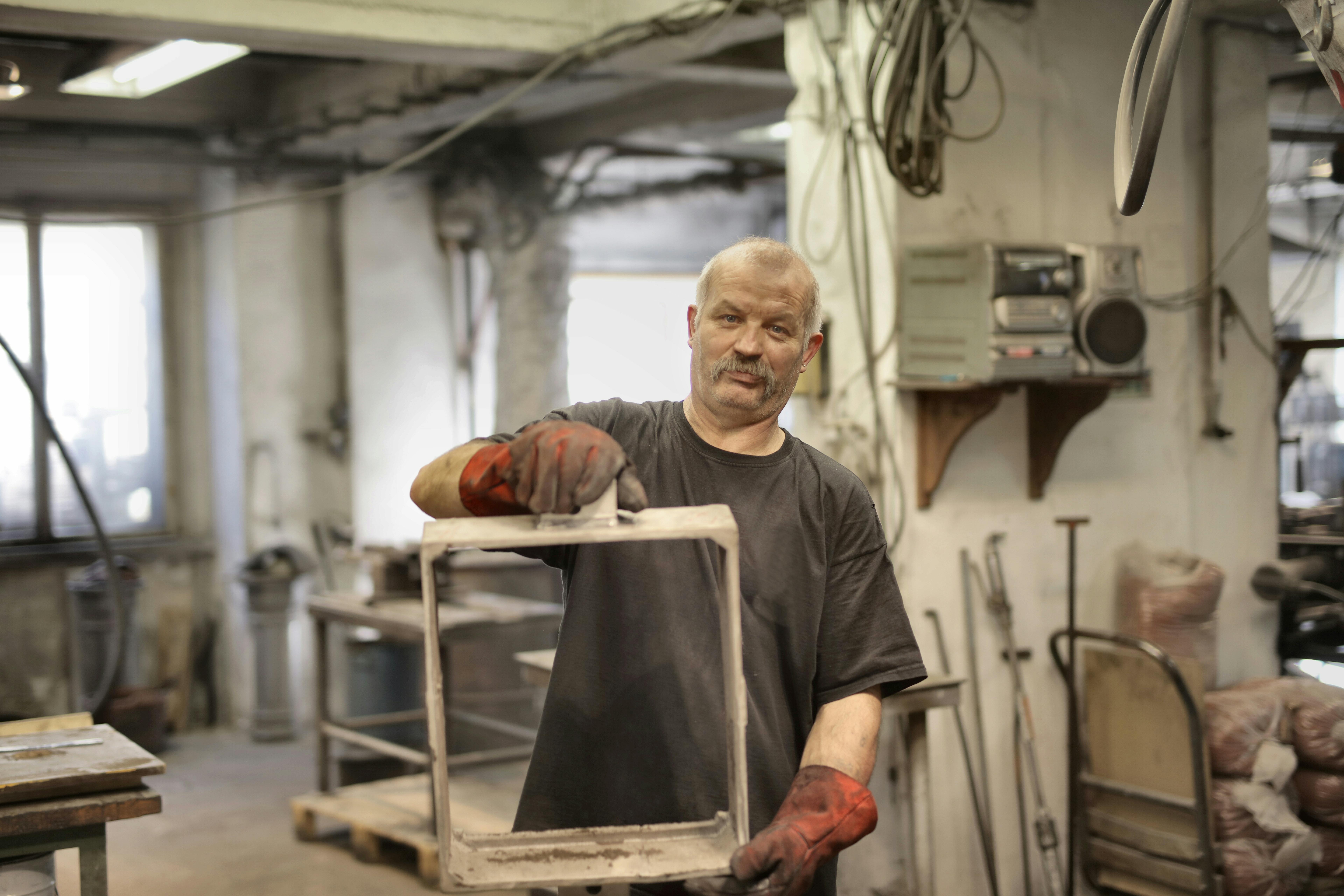
the history of leather
The use of animal skins for clothing and basic survival items dates back to early man in the Paleolithic period. Rock paintings discovered in caves near Lérida in Spain depict the use of leather clothing. Man hunted wild animals for food, but removed their skins and skins from carcasses and used them as tents, crude clothing, and footwear.
Primitive man realized that the skins rotted quickly and therefore became useless. They needed a way to preserve the furs. The oldest method consisted of spreading the hides and skins on the ground to dry, rubbing them with fats and animal brains as they dried. This had limited preservative and softening action. Primitive man also discovered that smoke from wood fires could preserve hides and skins, as could treating them with an infusion of tannin-containing bark, leaves, twigs, and fruits of certain trees and plants. It seems likely that man first discovered how to make leather when he discovered that animal skins left on a damp forest floor naturally tanned from chemicals released from decaying leaves and vegetation.
Much later the use of alum-containing earth salts as a tanning agent was discovered to produce soft white leather. Alum hides could be dyed with natural dyes in various plants. In Egyptian times, leather was used for sandals, clothing, gloves, buckets, bottles, shrouds for burying the dead, and military equipment. In Egyptian tombs, wall paintings and artifacts depicted these uses of leather.
The Romans also used leather on a large scale for footwear, clothing, and military equipment, including shields, saddles, and harnesses. Excavation of Roman sites in Britain has turned up large amounts of leather goods, including shoes and clothing. Leather making was introduced to Britain by Roman invaders and by religious communities, whose monks were experts in making leather, especially vellum and parchment for writing purposes.
The ancient Britons had many uses for leather, from leather shoes, clothing and bags to war items. The hulls of the first ships, known as coracles, were also covered in leather. Over the centuries, leather manufacturing expanded steadily, and by medieval times most towns and villages had a tannery, situated on the local stream or river, which they used as a source of water for processing and as a source of energy for its waterwheel-driven machines. Many of these tanneries still exist, but in many cities the only remaining evidence is in street names, such as Tanner Street, Bark Street, and Leather Lane.
The oldest rawhides were made by first immersing the raw hides and skins in a fermented solution of organic matter in which bacteria grew and attacked the hides or skins, causing loosening of the hair or wool and dissolution of some proteins. of the skin. The hair or wool was then scraped off with primitive blunt stone or wooden scrapers, and any fat or meat still adhering to the meaty side was similarly removed.
Tanning, the conversion of hides into leather, was done by dusting the raw material with ground bark and other organic matter and placing it in shallow pits or vats of tannin solution. the solution had penetrated through the hide structure, taking up to two years in very thick hides. The leather was then hung for several days in open sheds. Dressing of the leather involved stripping or shaving it to a level thickness, dyeing, treating with oils and fats, drying, and treating the surface of the grain with waxes, proteins such as blood and egg albumins, and shellac to produce attractive surface finishes.
During the Middle Ages, leather was used for all kinds of uses such as: footwear, clothing, bags, leather cases and trunks, leather bottles, saddlery and saddlery, to upholster chairs, capes, bookbinding and military uses. It was also used to decorate coaches, sedan chairs, and walls. Most leather was tanned with oak bark, but soft leathers for clothing, gloves, and footwear were tanned with alum, oil, and combinations of these two materials. With the discovery and introduction of basic chemicals such as lime and sulfuric acid, tanners gradually abandoned their traditional methods and leather production slowly converted to a series of chemical-based processes.
The growth of industrialization in the 18th and 19th centuries created a demand for many new types of leathers, for example, leathers for belts to power the machines that are being introduced in the industry, special leathers for use on looms in the textile industry, leather for use as diaphragms and washers, leather for use in transportation and for furniture upholstery.
In the late 19th century, the invention of the automobile, modern highways, new coal tar distiller ranges, the demand for softer, lighter footwear with a modern look, and a general rise in the standard of living created a demand for soft leather, extra colorful. Traditional vegetable tanned leather was too hard and thick for these requirements and therefore the use of chrome metal salts was adopted and chrome tanning became the tannage for modern footwear and fashionable leathers. It produces soft, supple, beautiful, fine leathers that reflect the way we live.
I hope you enjoyed this little history lesson!





